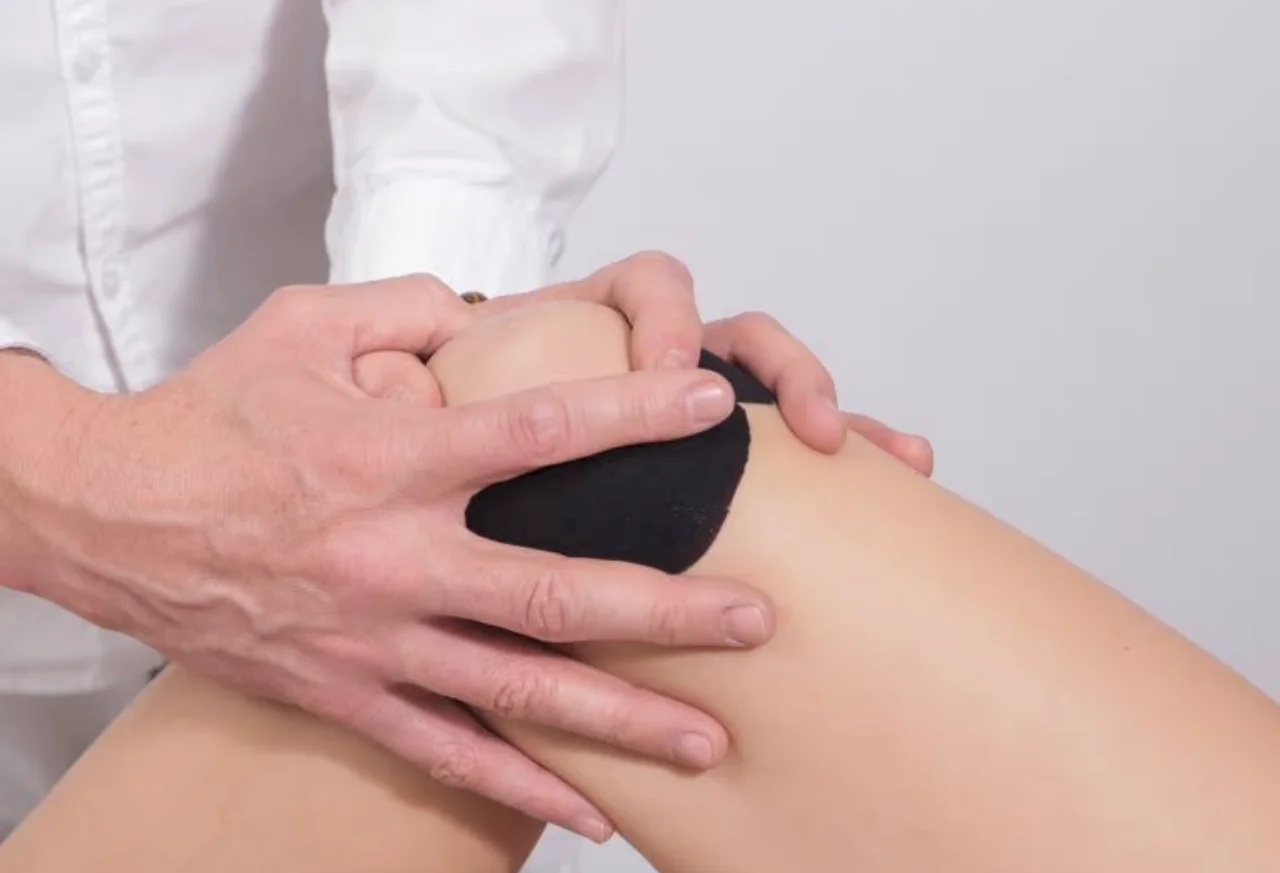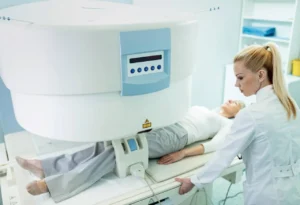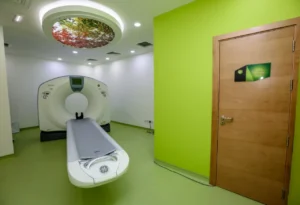Knee pain caused by ligament damage can be a debilitating condition, affecting mobility, quality of life, and overall well-being. Whether caused by sports injuries, accidents, or wear and tear over time, ligament damage in the knee requires proper attention, management, and rehabilitation to ensure a return to strength and function. This article delves into the causes, symptoms, treatment options, and rehabilitation strategies to overcome knee pain and regain strength after ligament damage.
Understanding Ligament Damage in the Knee
The knee joint is a complex and vital structure that supports weight-bearing activities such as walking, running, and jumping. Ligaments are strong bands of connective tissue that stabilise the knee by connecting bones to each other. The knee contains four primary ligaments:
- Anterior Cruciate Ligament (ACL): Prevents the shinbone from sliding out in front of the thigh bone.
- Posterior Cruciate Ligament (PCL): Prevents the shinbone from sliding backward under the thigh bone.
- Medial Collateral Ligament (MCL): Provides stability to the inner side of the knee.
- Lateral Collateral Ligament (LCL): Provides stability to the outer side of the knee.
When these ligaments are injured, it can lead to instability, pain, and limited mobility, depending on the severity of the damage.
Common Causes of Knee Ligament Injuries
Knee ligament injuries are commonly caused by the following scenarios:
- Sports Activities: High-impact sports such as soccer, basketball, and skiing often involve rapid changes in direction, jumping, or collisions, which can lead to ligament tears.
- Accidents: Falls, car accidents, or other trauma can place sudden stress on the knee ligaments.
- Overuse: Repeated stress on the knee due to overtraining or improper technique can weaken ligaments over time.
- Age and Degeneration: As ligaments age, they lose elasticity and are more prone to injury.
Symptoms of Ligament Damage
Ligament injuries in the knee typically present with the following symptoms:
- Severe Pain: Pain often occurs immediately after the injury and may persist with movement.
- Swelling: Inflammation can develop within hours due to internal bleeding.
- Instability: The knee may feel unstable or buckle during weight-bearing activities.
- Limited Range of Motion: Difficulty bending or straightening the knee is common.
- Bruising: Discoloration around the knee may occur in severe injuries.
- Popping Sound: Many people report hearing or feeling a “pop” at the time of injury, especially with ACL tears.
Diagnosing Knee Ligament Injuries
If a knee ligament injury is suspected, a medical professional should evaluate the condition promptly. Diagnosis typically involves:
- Physical Examination: A doctor will assess the knee’s stability, range of motion, and points of tenderness.
- Imaging Tests:
- X-rays: Rule out fractures.
- MRI (Magnetic Resonance Imaging): Provides detailed images of soft tissues, including ligaments.
- Special Tests: Techniques such as the Lachman test or pivot-shift test can assess the integrity of specific ligaments.
Treatment Options for Knee Ligament Injuries
The treatment approach depends on the severity of the injury, the patient’s age, activity level, and overall health. Treatment options can be divided into non-surgical and surgical interventions.
Non-Surgical Treatment
- Rest, Ice, Compression, Elevation (RICE): This method helps manage pain and swelling immediately after an injury.
- Physical Therapy: Rehabilitation exercises focus on restoring strength, balance, and range of motion.
- Bracing: Knee braces provide external support to stabilise the joint during recovery.
- Medication: Non-steroidal anti-inflammatory drugs (NSAIDs) can alleviate pain and reduce inflammation.
Surgical Treatment
For severe injuries, particularly complete tears of the ACL or PCL, surgery may be required. The most common surgical intervention is ligament reconstruction, where a graft (taken from the patient’s body or a donor) replaces the damaged ligament.
Key Points About Surgery:
- Minimally invasive arthroscopic techniques are commonly used.
- Recovery time varies but often includes several months of intensive physical therapy.
Rehabilitation: The Road to Recovery
Rehabilitation is a cornerstone of recovery after ligament damage, whether treated surgically or non-surgically. A structured rehabilitation program aims to reduce pain, restore mobility, rebuild strength, and prevent future injuries.
Stages of Rehabilitation
- Acute Phase (0-2 Weeks):
- Focus on reducing swelling and pain.
- Gentle range-of-motion exercises.
- Use of crutches or braces to protect the knee.
- Subacute Phase (2-6 Weeks):
- Gradual introduction of weight-bearing exercises.
- Focus on strengthening surrounding muscles, such as the quadriceps and hamstrings.
- Balance training begins.
- Strengthening Phase (6-12 Weeks):
- Progressive resistance training to rebuild muscle strength.
- Incorporation of functional exercises like squats and lunges.
- Aerobic conditioning to maintain overall fitness.
- Advanced Phase (3-6 Months):
- Sports-specific drills for athletes.
- Agility and plyometric exercises to regain dynamic stability.
- Continued emphasis on flexibility and proprioception.
- Return to Activity Phase (6-12 Months):
- Clearance from a healthcare provider to resume high-impact activities.
- Regular practice of preventive exercises to maintain knee health.
Overcoming Psychological Barriers
Knee ligament injuries can take a toll on mental health, especially for athletes or active individuals. Fear of reinjury, frustration with the recovery process, and loss of confidence are common challenges. Strategies to overcome these barriers include:
- Education: Understanding the injury and recovery process can alleviate anxiety.
- Support: Engaging with support groups or counsellors can boost morale.
- Visualisation Techniques: Mental rehearsals of movements and activities help regain confidence.
Preventing Future Knee Injuries
While some injuries are unavoidable, adopting preventive measures can significantly reduce the risk of future ligament damage:
- Strength Training: Strong muscles around the knee enhance joint stability.
- Flexibility Exercises: Stretching improves range of motion and reduces stress on ligaments.
- Proper Technique: Learning correct movement patterns in sports minimises strain on the knee.
- Wearing Protective Gear: Braces or padding can offer additional support during high-risk activities.
- Balanced Training: Avoid overuse by incorporating rest days and cross-training into your regimen.
Inspirational Stories of Recovery
Many individuals, from professional athletes to weekend warriors, have successfully overcome knee ligament injuries and returned stronger than ever. Stories of resilience and determination serve as reminders that with the right treatment and mindset, recovery is achievable.
For example:
- Athlete Comebacks: Numerous athletes, such as soccer players and skiers, have returned to elite competition after ACL reconstruction.
- Everyday Heroes: Individuals recovering from accidents have resumed hobbies like hiking or dancing, showcasing the power of perseverance.
The Role of Nutrition in Recovery
A balanced diet supports the healing process by providing essential nutrients:
- Protein: Aids tissue repair and muscle rebuilding.
- Omega-3 Fatty Acids: Reduce inflammation.
- Vitamin C: Promotes collagen formation for ligament health.
- Calcium and Vitamin D: Strengthen bones, which support the knee joint.
Seeking Professional Help
Recovering from knee ligament damage is not a journey to be undertaken alone. Consulting with orthopaedic specialists, physical therapists, and nutritionists ensures comprehensive care. Regular follow-ups and adherence to rehabilitation protocols are critical for optimal outcomes.
Conclusion
From injury to strength, overcoming knee pain caused by ligament damage requires a multi-faceted approach involving medical care, rehabilitation, mental resilience, and preventive strategies. While the path to recovery may be challenging, it is one filled with opportunities for growth and empowerment. By addressing the injury holistically and committing to the recovery process, individuals can return to their active lives, stronger and more confident than ever before.




